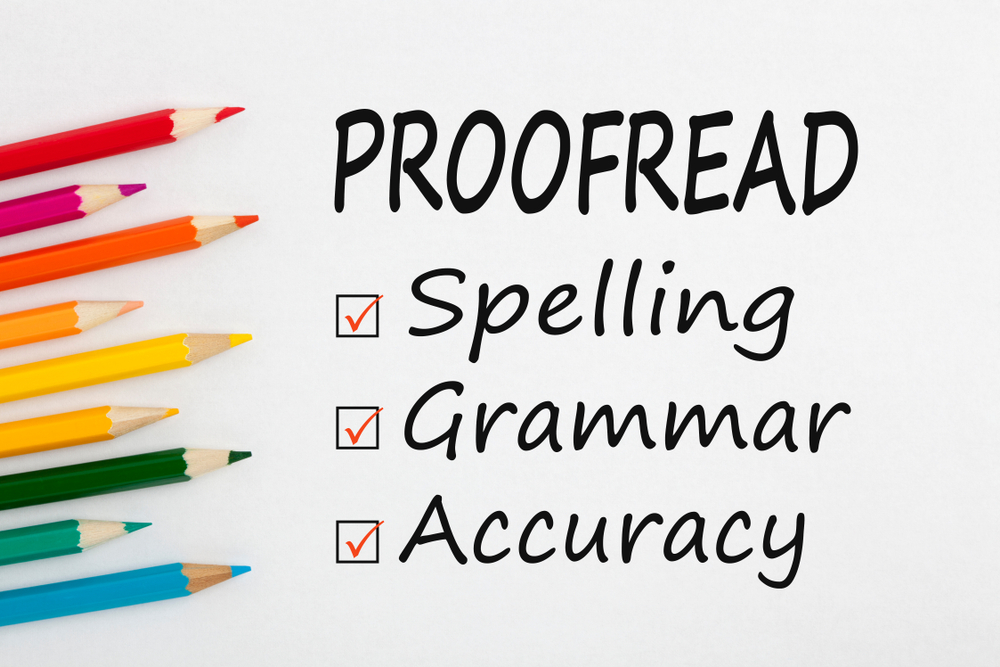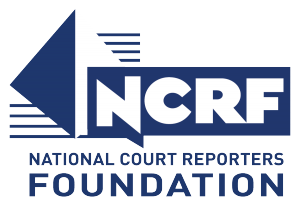
The JCR Weekly recently asked the members of the NCRA Proofreading Advisory Council and the NCRA Scopists and Proofreaders Facebook group for their best tips on proofreading. Here are some of their answers:
I must print the work I’m going to proof. I must be in a quiet space, no background noises.
Kathy Mchugh, RPR, CRR
I now proofread on my tablet using Adobe. I can change the font and make it bigger without changing the format and page numbers of the transcript, and it saves paper and toner. It is easier on my eyes, so I catch more. My environment needs to be right for what I am reading. If it’s an expert on a topic I am not familiar with, I need quiet. If it’s something easy, I need background noise, music or TV. I also read out loud, especially if it’s an expert using big words. That’s when it’s easy to miss the small words. And a cup of coffee or tea at hand is a must.
Susan Horak, RDR, CRR, FAPR
I find that proofreading on paper and also reading out loud helps me do my best proofing. If I stumble while reading out loud, something is most likely awry, and I take a second look.
Shellene L. Iverson, CSR, CCR
I was always taught to print out the job, and I found many mistakes (even in formatting) that I would never have found if I just read it on the computer. I also made sure to have no distractions when I proofread and tried to do it fresh unless it was an expedite. So if I could scope a job in the evening and then proofread the next day, that was the best way to be sure to pick up errors. I was also taught to circle the line number of the correction so I would not miss any. I then would have a pile face down of pages that needed corrections and a pile face up of pages that were fine. In the early days I read the job for sometimes a fourth time (scoping, listening to recording if necessary, proofreading printed pages, and then again on the screen), but after many years decided the fourth read was unnecessary. I always rechecked the title and appearance pages for that fourth time and even a fifth as I printed out the job!
Aimee Suhie
Always look up the spelling of a word if you think it doesn’t look right. It could just be a word you’re unfamiliar with.
Erin McMann
Trust that your court reporter wrote what was said, but also note the oddities. Check all spelling and possible transposed words that may have slipped through the court reporter and scopist. Pay close attention to the small details and idiosyncrasies.
Joann Hamilton
Remove distractions. That means don’t proofread while watching TV, find a quiet place away from other people (as much as possible!), and put away your phone or put it on silent.
Teresa Clark
Learn and take advantage of productivity tools like custom macros to zip through a frequently occurring series of steps. Take regular breaks to keep alert and fresh. Have a standard set of guides for consistency and to make life easier (dictionary, grammar guide, reporter-specific guide). Have a well-organized file system for jobs and documentation. Always have a backup system, as automated as possible.
Mimi Michel
Keep an updated, detailed PDF of each reporter’s preferences that can be opened in iAnnotate right next to the transcript so you can refer to it quickly when you are in the midst of proofing. I keep notes on personal preferences, feedback, and punctuation rules for the common errors that pop up often in each reporter’s work.
Sarah Scott


[…] Proofreaders share best tips […]
[…] Reprinted here with permission of the JCR – Journal of Court Reporting, a publication of the National Court Reporters Association. This article was originally published in thejcr.com. […]